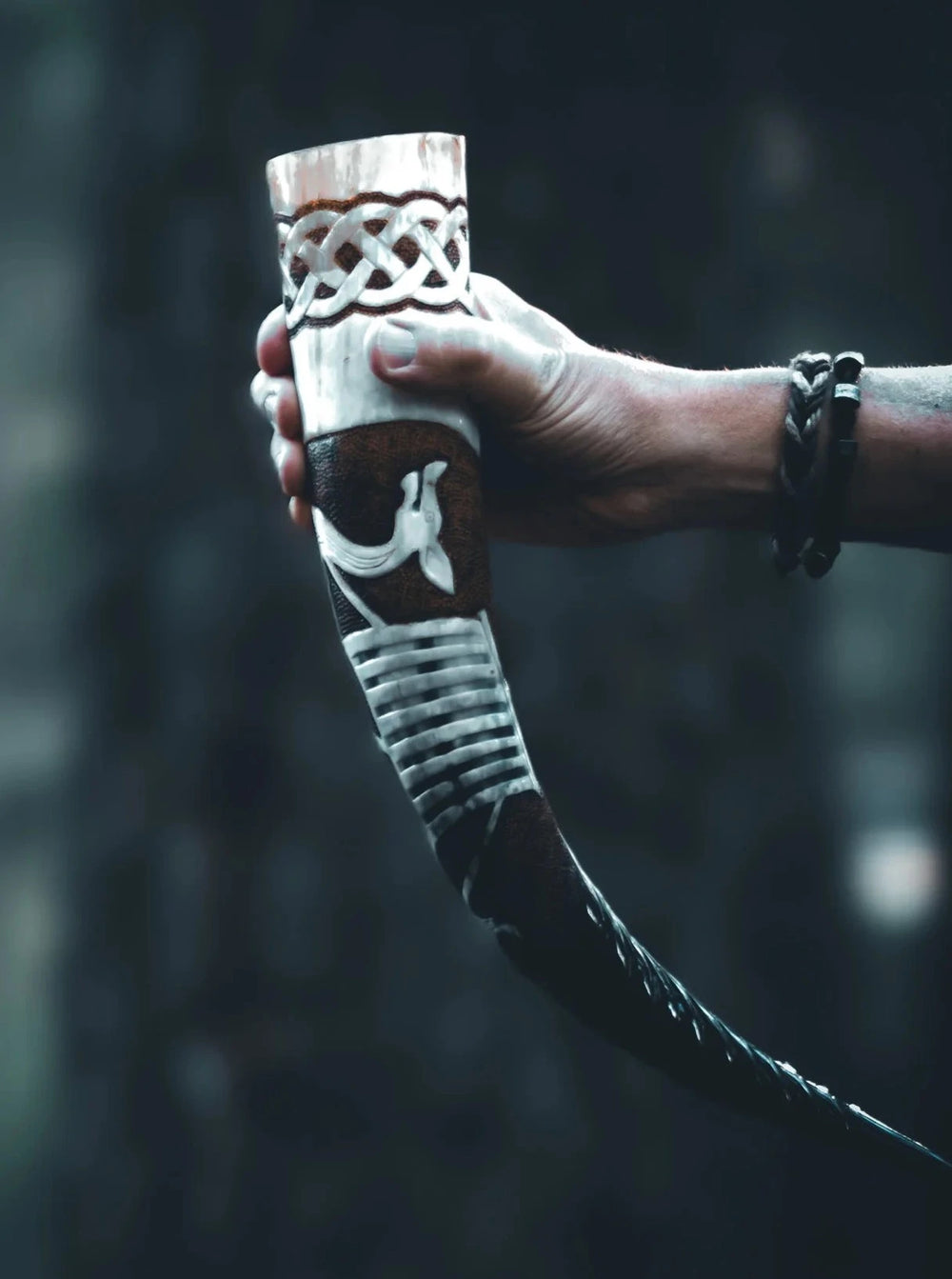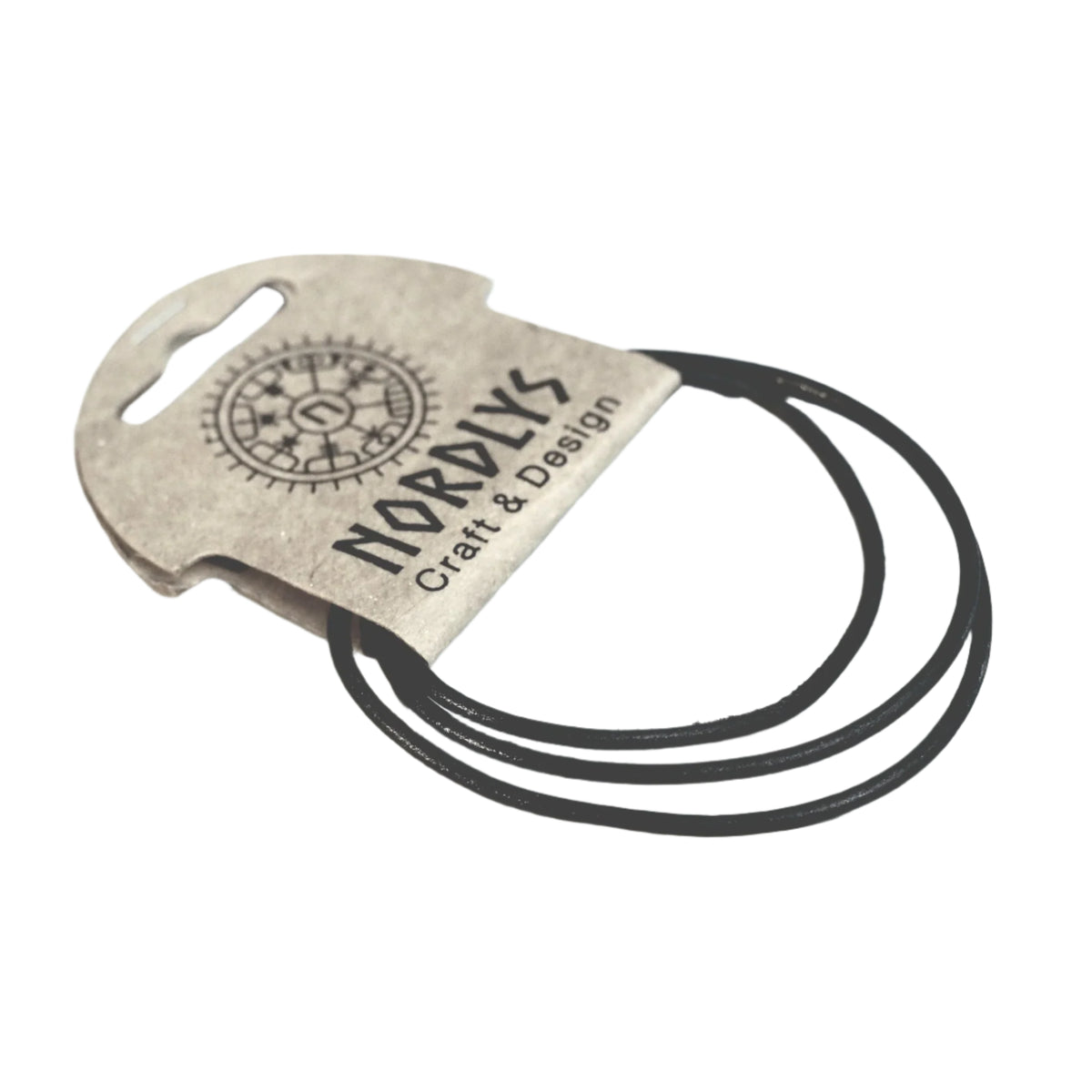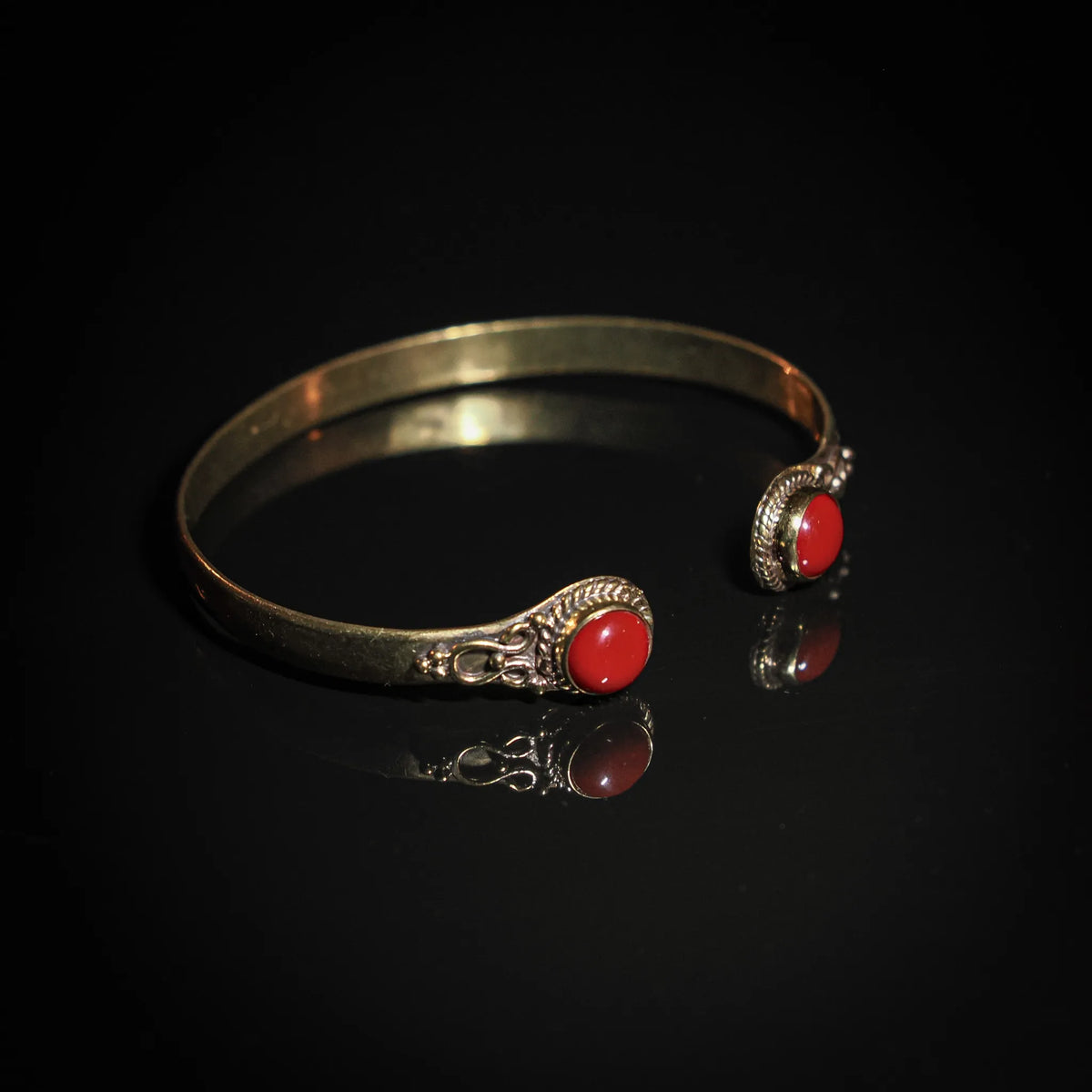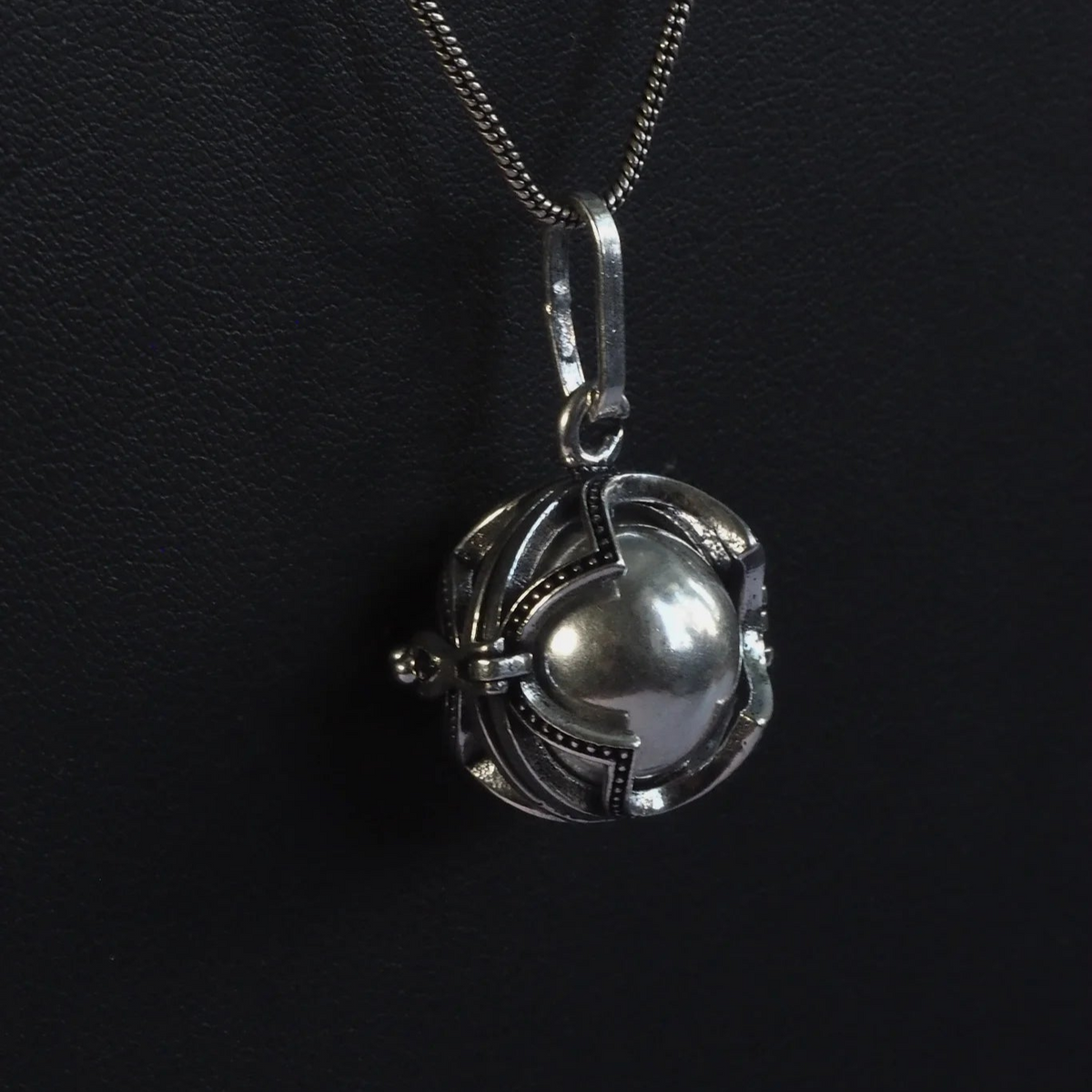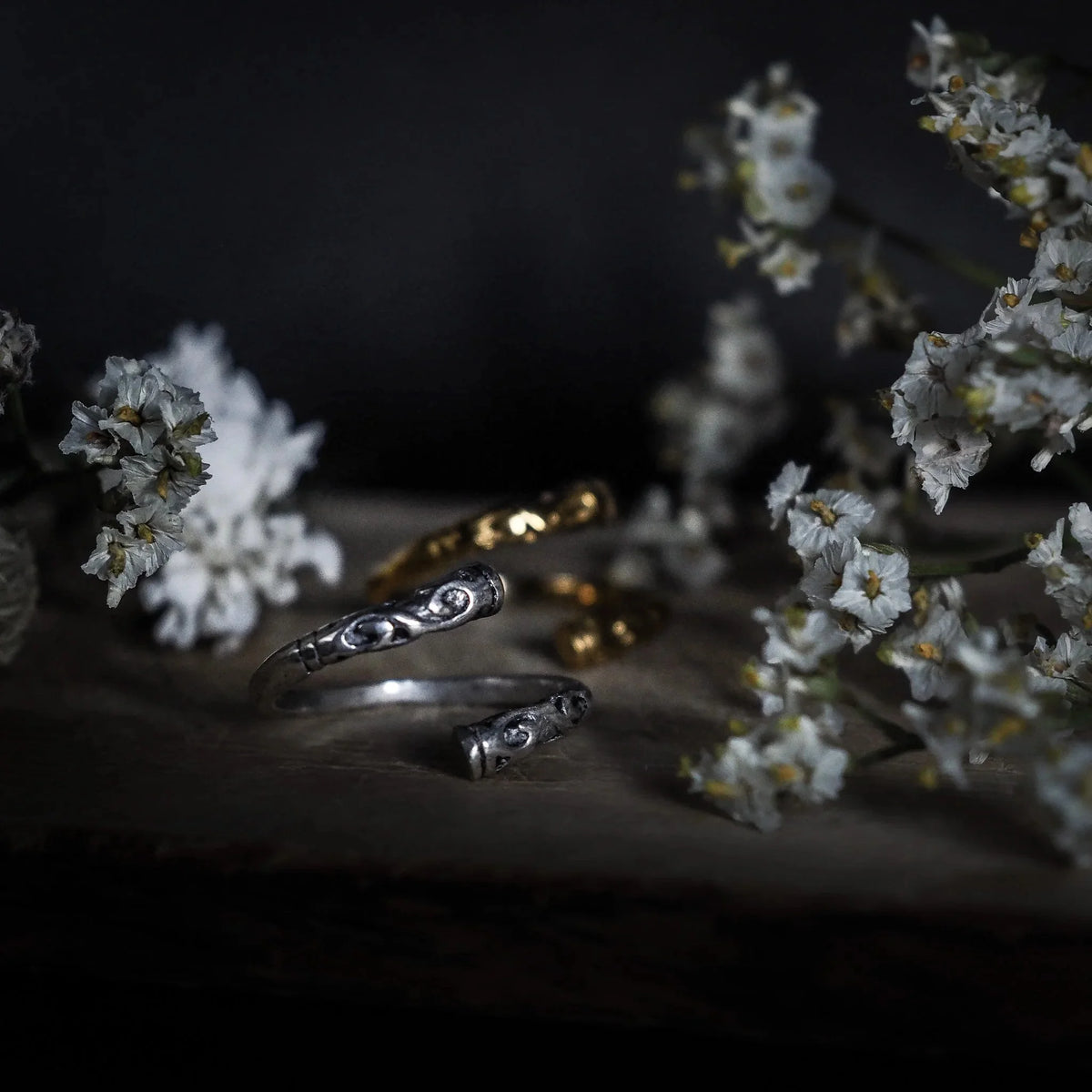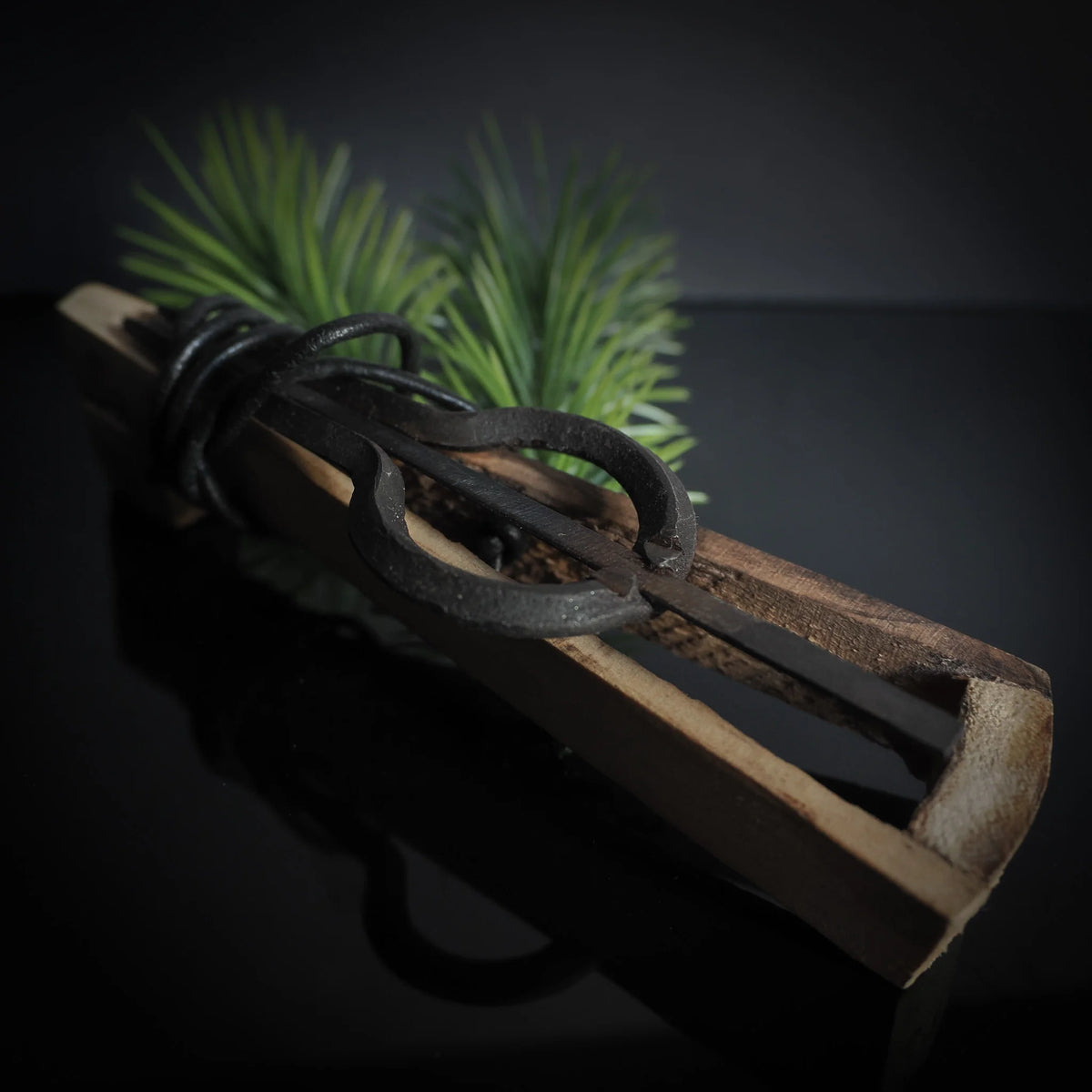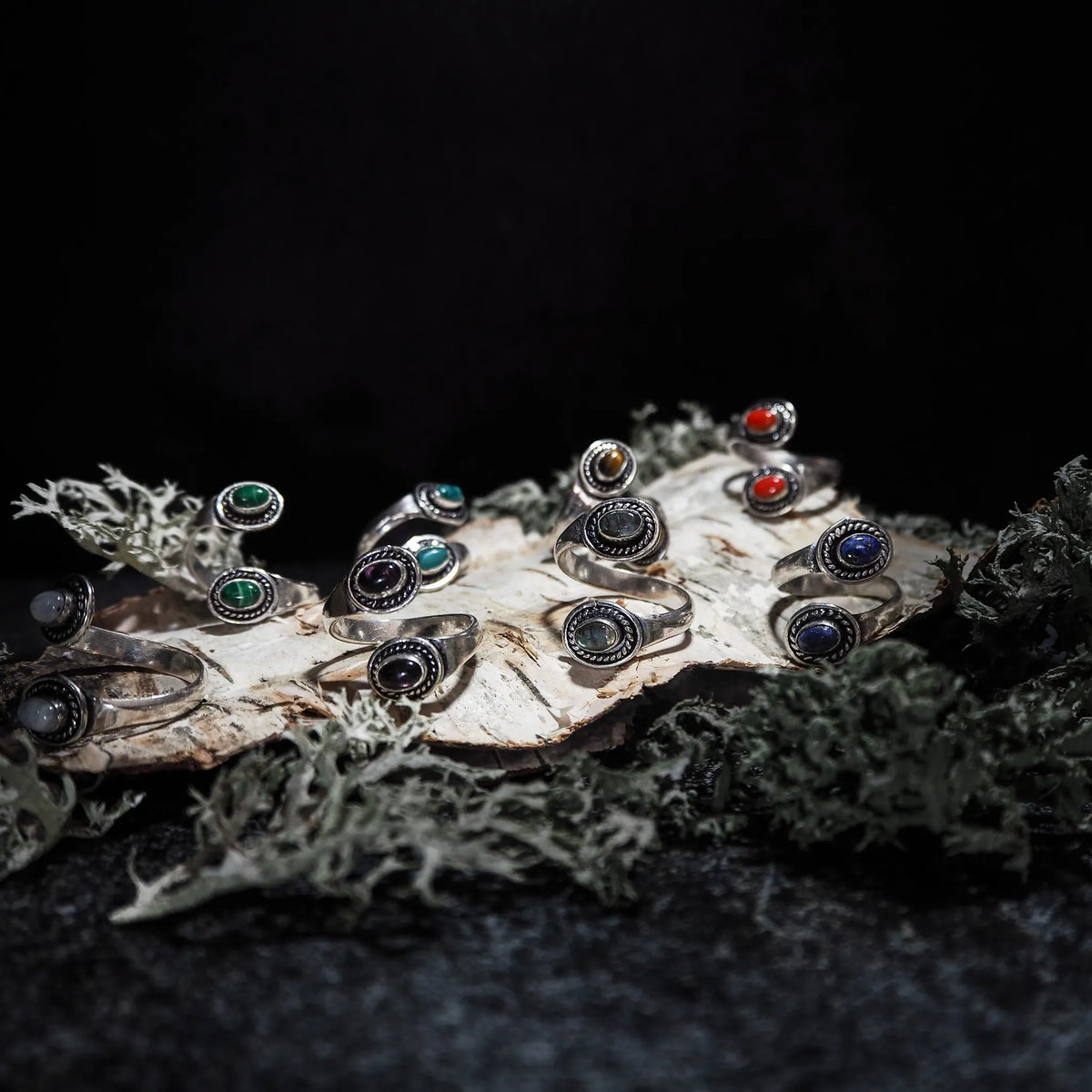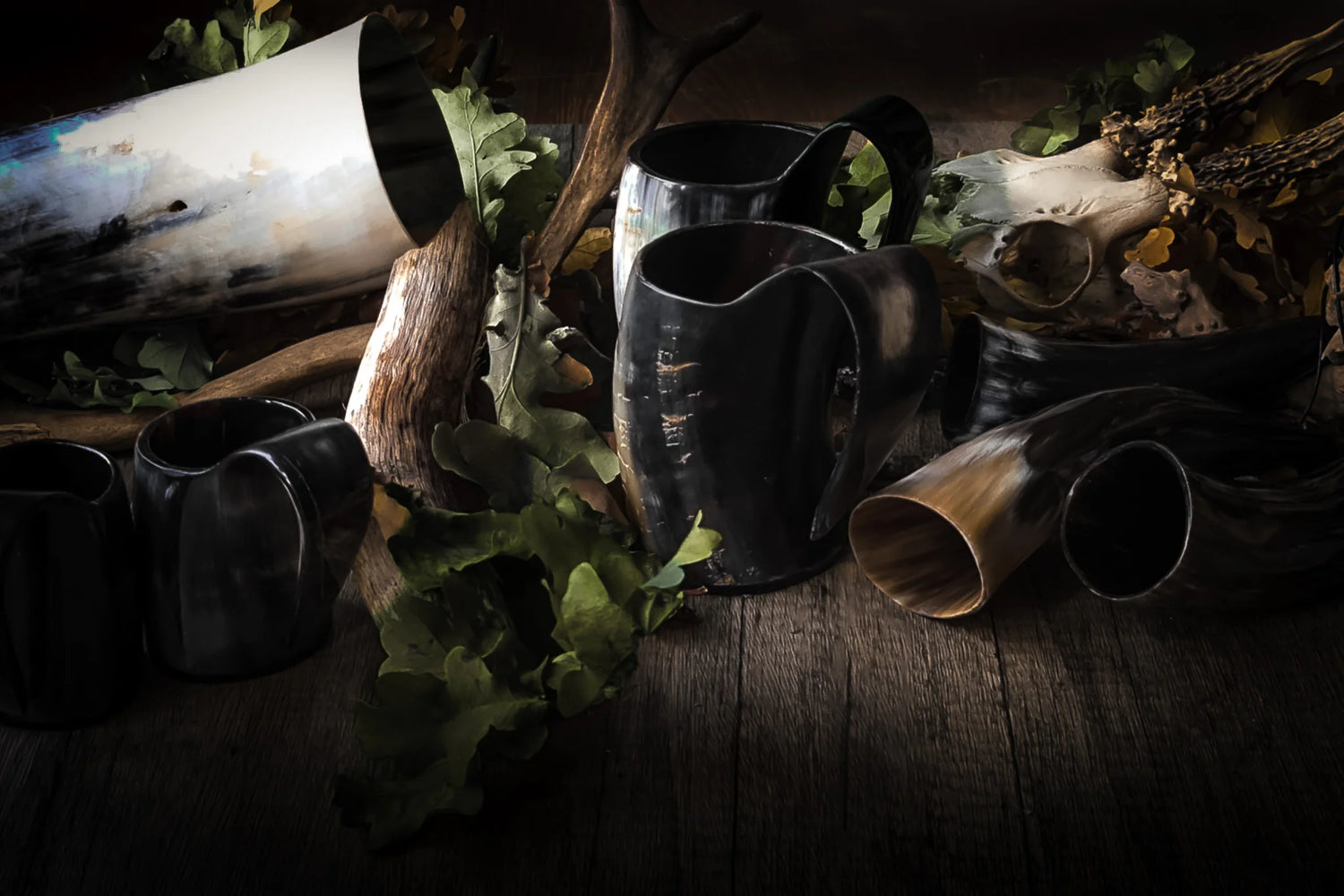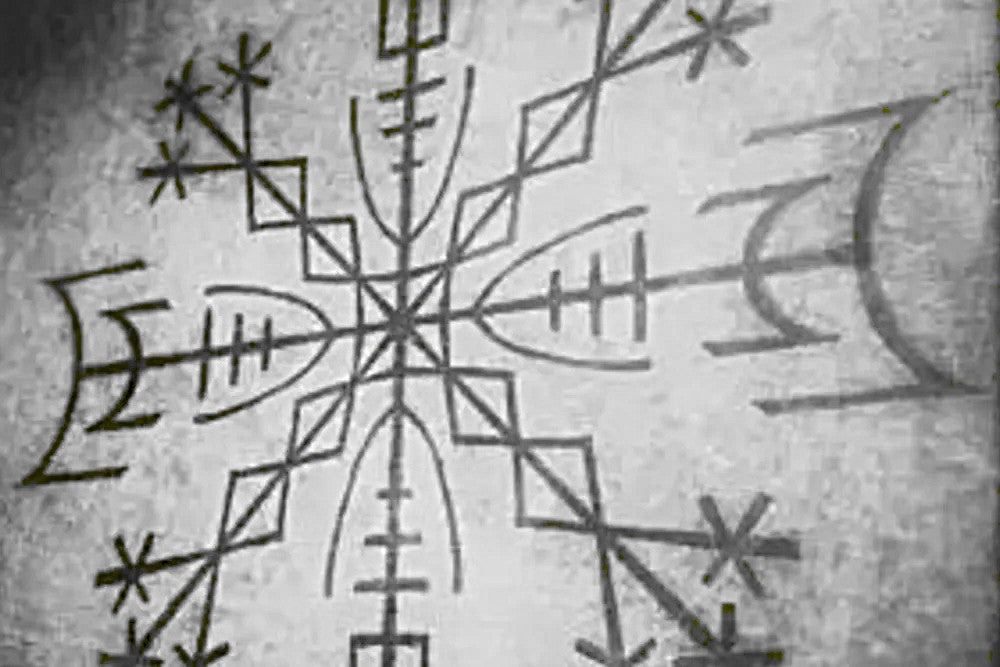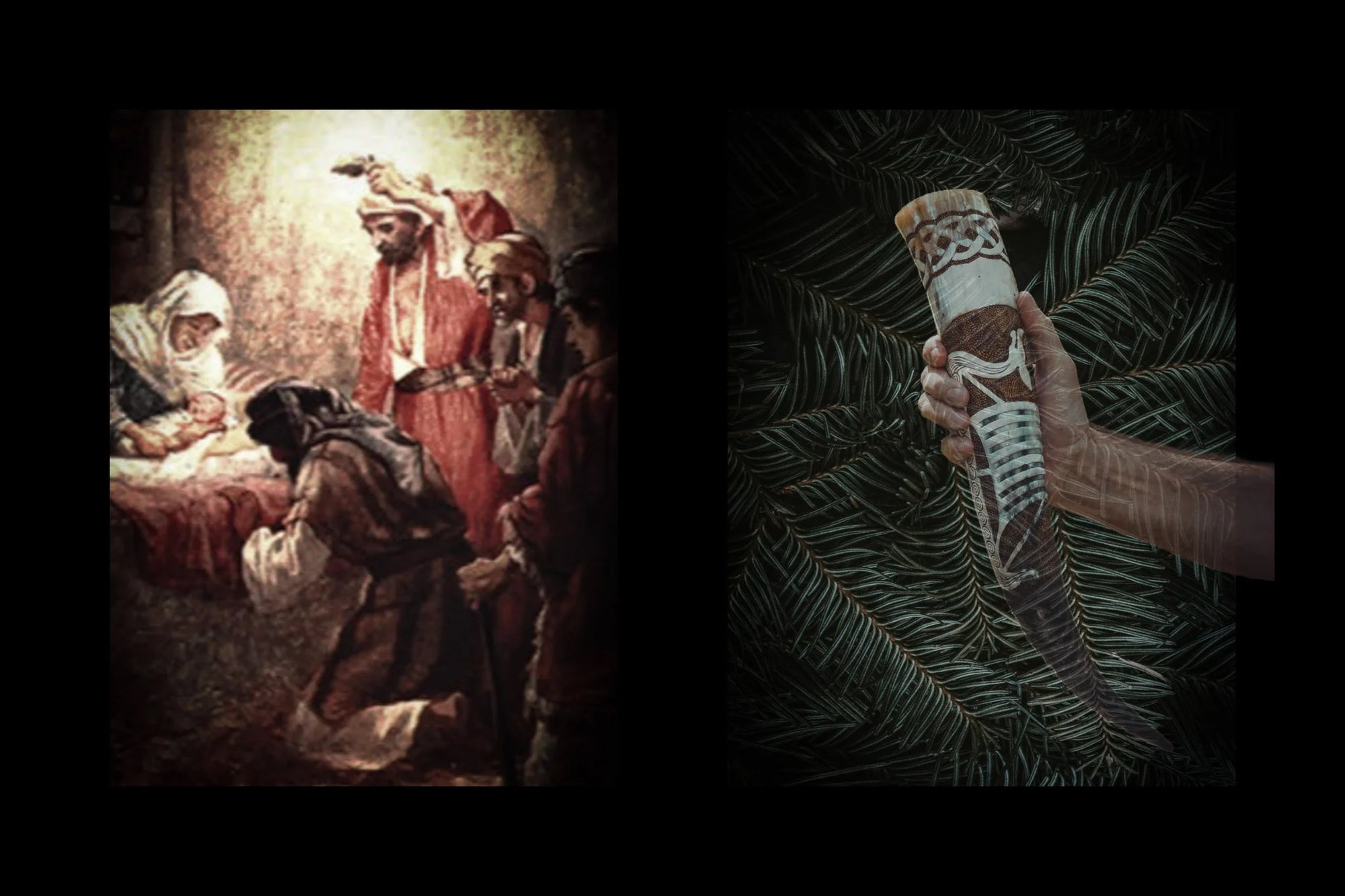Since ancient times, a symbol of abundance.
A natural goblet that is perhaps man's first glass. A bridge to our ancestors and a simpler life.
Widely used since the beginning of time and until the emergence of plastic.
Cow horns are a residual product from animal husbandry, which today can have a prominent role as a substitute for plastic. Horn is 100% compostable.
The Vikings drank from many different containers and materials, drinking horns made from cow horns were a very common material. Since the Viking Age farmers did not dehorn their cows, they had a huge resource to use to make drinking horns, combs and spoons. You could almost call it prehistoric plastic.
Manufacturing
First, the horns are sorted by color and size. Then they are treated, sanded, shaped and polished by hand.
In order to bend or shape the horn, it is heated to over 160 degrees. Otherwise, the same tools are used as for woodworking.
Care
Horn is a natural material, just like wood, and can therefore dry out. Wash by hand with lukewarm water and, if necessary, detergent. Do not use dishwasher or microwave oven. Only drink hot drinks from the horn cups intended for the purpose.
If you have a drinking horn, it can be good to rinse out with water immediately after use so nothing sticks to the bottom. If you need to brush the bottom of your beer horn, we recommend using a bottle brush.
